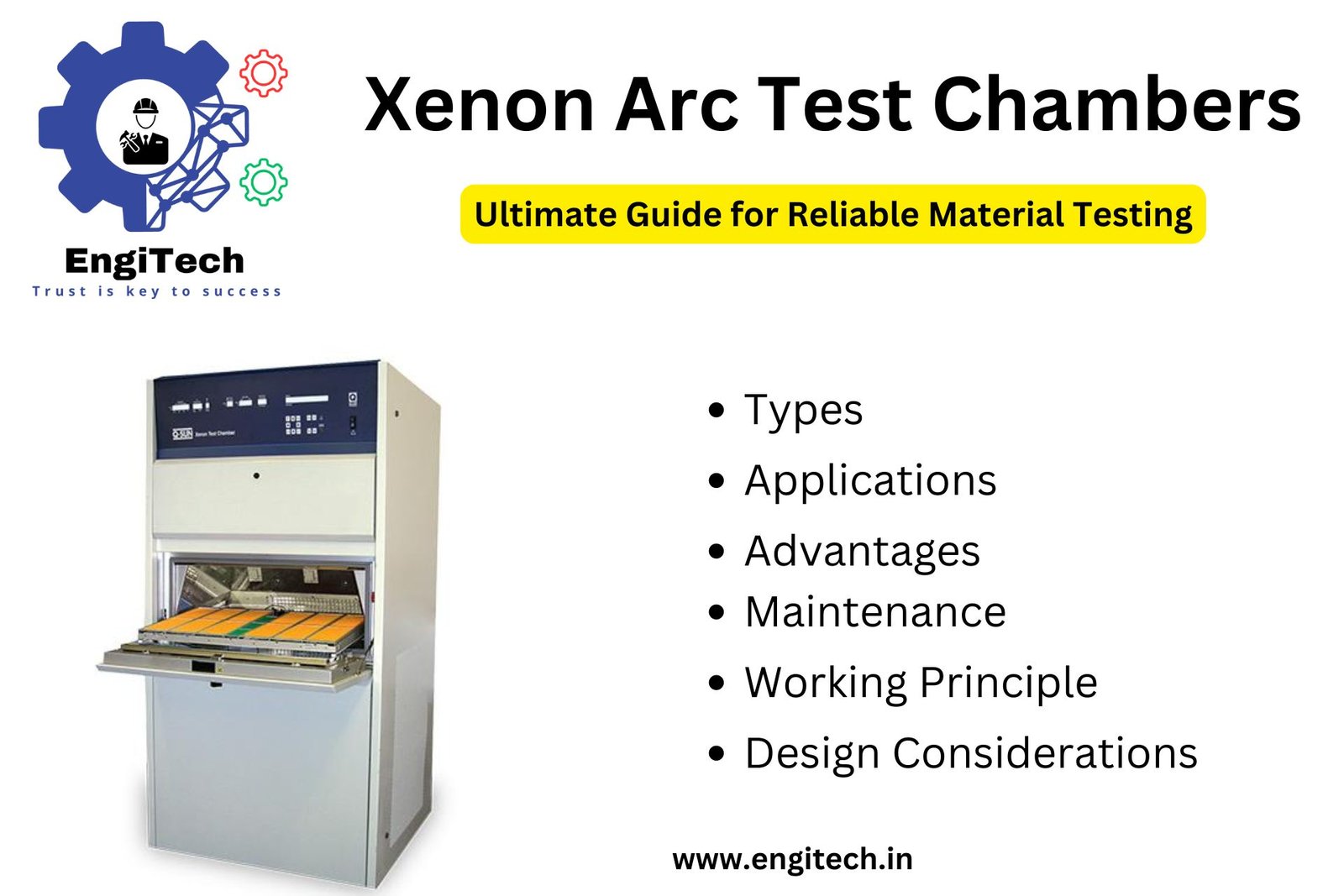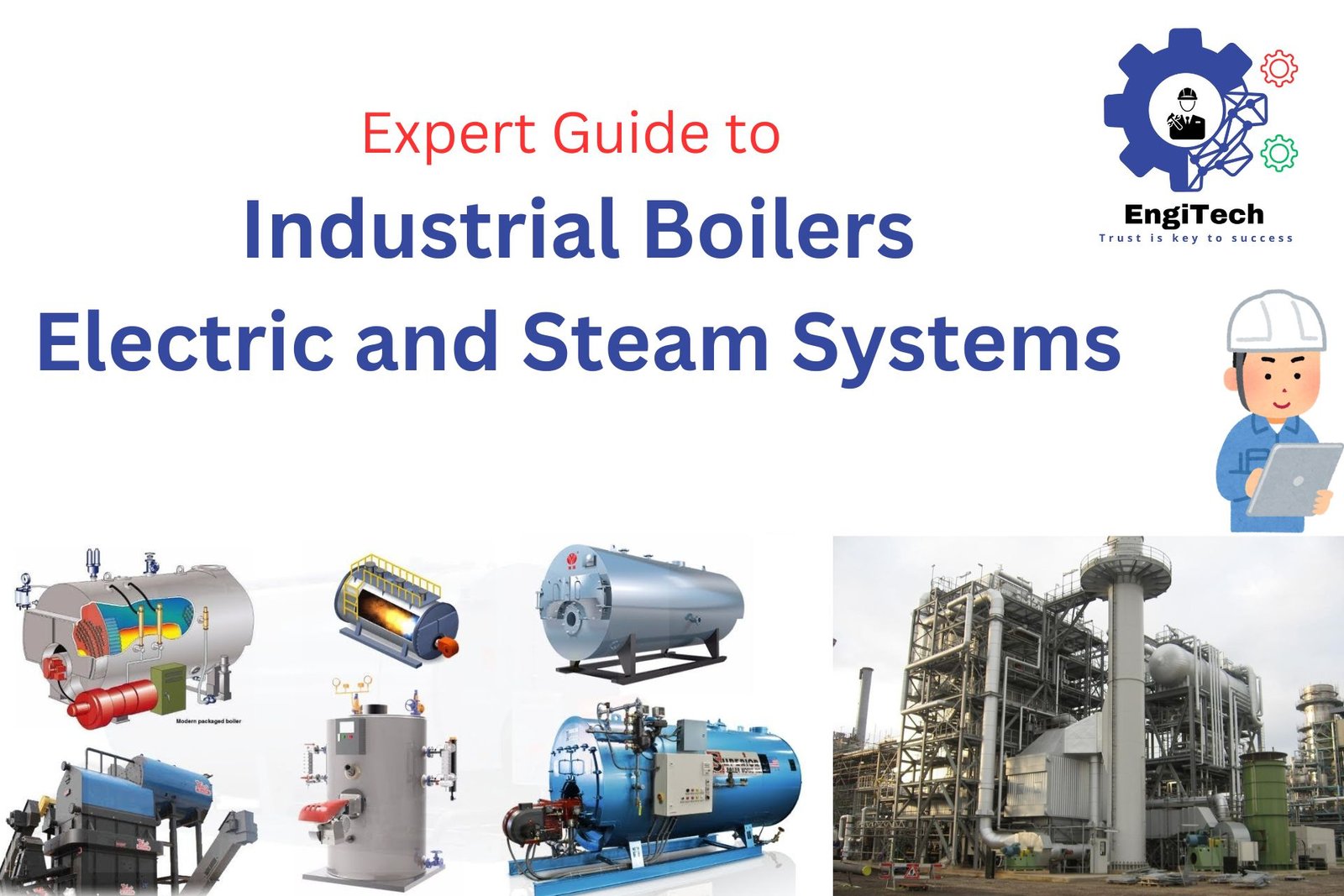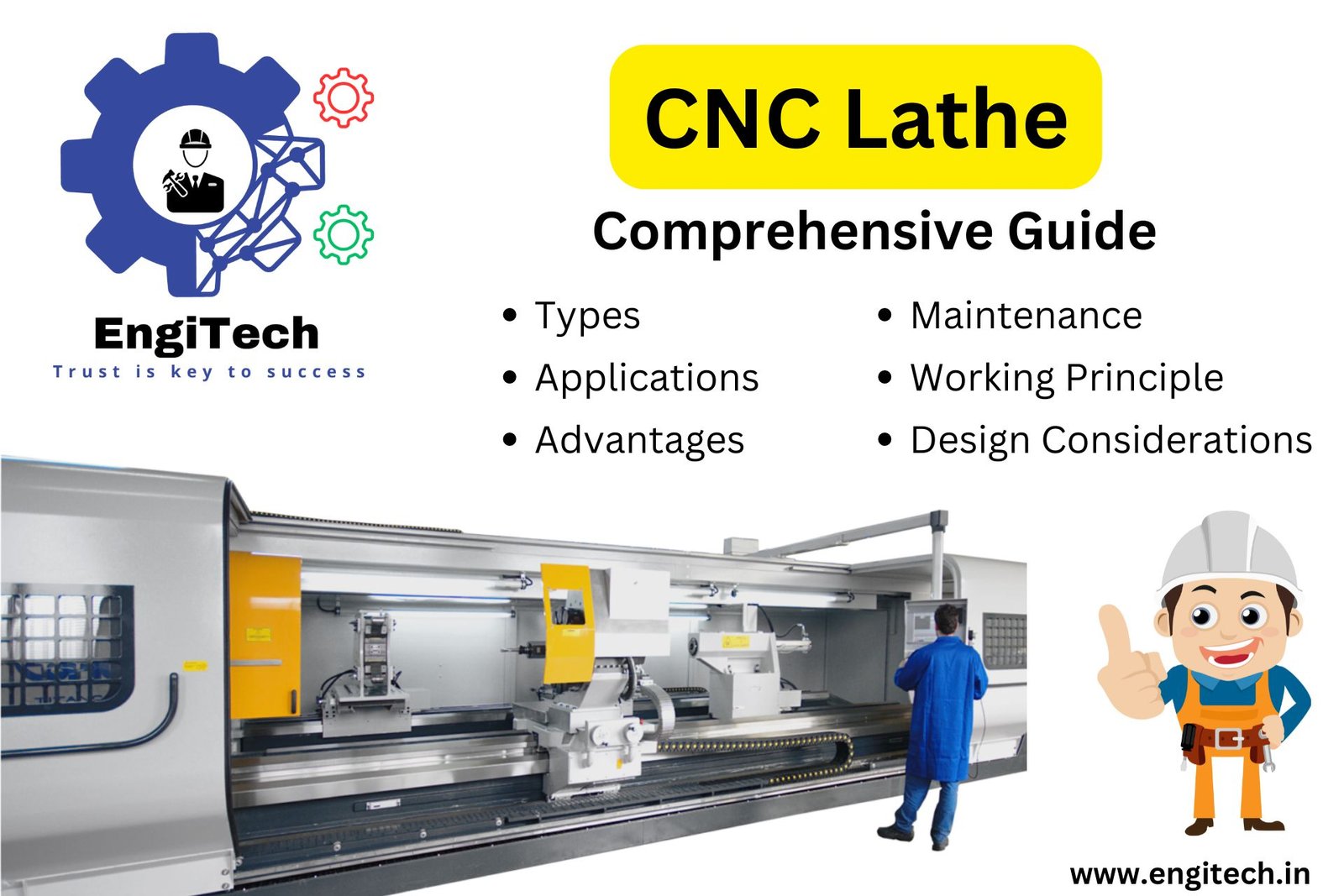Xenon Arc Test Chambers: A Comprehensive Guide for Knowledge Seekers, Students, and Professionals

Xenon arc test chambers are crucial in the realm of material testing, providing a controlled environment to simulate the effects of sunlight, temperature, and humidity on various materials. Whether you’re a student delving into material science or a seasoned professional in the industry, understanding the workings, applications, and benefits of xenon arc test chambers is essential.
This guide is designed to provide comprehensive insights into these test chambers, answering key questions and offering expert advice to ensure you have a thorough understanding of this important testing equipment.
Table of Contents
Introduction to Xenon Arc Test Chambers
Xenon arc test chambers are specialized equipment used to simulate the full spectrum of sunlight, including ultraviolet (UV), visible, and infrared (IR) light. These chambers are designed to replicate the effects of natural sunlight and weather conditions on materials, ensuring that products can withstand long-term exposure to environmental factors. By using xenon arc lamps, these test chambers can accurately reproduce the spectral distribution of sunlight, making them ideal for testing the durability and lifespan of materials such as plastics, textiles, paints, and coatings.
What is a Xenon Arc Test Chamber?
A xenon arc test chamber is an advanced piece of equipment that uses xenon arc lamps to produce a light spectrum similar to natural sunlight. This spectrum includes ultraviolet (UV), visible, and infrared (IR) light, which are crucial in assessing how materials degrade over time when exposed to sunlight. These chambers can simulate various environmental conditions, such as temperature and humidity, making them versatile tools for accelerated aging tests, weathering tests, and lightfastness tests.
How Does a Xenon Arc Test Chamber Work?
Xenon arc test chambers operate by generating light through xenon arc lamps, which emit a spectrum of light similar to natural sunlight. The light passes through filters that tailor the spectrum to match specific testing requirements. The materials being tested are exposed to this light, as well as controlled levels of temperature and humidity, to simulate real-world conditions. By adjusting the parameters, users can replicate different geographic locations, seasons, and times of day, providing a comprehensive analysis of material performance.
Why Are Xenon Arc Test Chambers Important?
The importance of xenon arc test chambers lies in their ability to predict the long-term durability and performance of materials under exposure to sunlight and other environmental factors. Industries such as automotive, aerospace, construction, and consumer goods rely on these chambers to ensure that their products can withstand the rigors of outdoor use. By conducting accelerated aging tests, manufacturers can identify potential weaknesses in materials and make necessary improvements, ultimately leading to higher quality and longer-lasting products.
Applications of Xenon Arc Test Chambers
Xenon arc test chambers are widely used across various industries to assess the weatherability and lightfastness of materials. Here, we explore some of the key applications of these test chambers and how they contribute to product development and quality assurance.
1. Automotive Industry
In the automotive industry, xenon arc test chambers are essential for testing the durability of exterior components such as paints, plastics, and rubber. These materials are constantly exposed to sunlight, temperature fluctuations, and moisture, making it crucial to ensure they can withstand these conditions without degrading. Xenon arc test chambers allow manufacturers to simulate years of exposure in a matter of weeks or months, providing valuable data on the long-term performance of automotive materials.
2. Aerospace Industry
The aerospace industry also benefits from the use of xenon arc test chambers, particularly in the testing of materials used in aircraft exteriors. These materials must endure extreme environmental conditions, including high levels of UV radiation at high altitudes. By using xenon arc test chambers, aerospace manufacturers can assess the weatherability of coatings, composites, and other materials, ensuring they meet the stringent safety and durability standards required in this industry.
3. Construction Industry
In the construction industry, materials such as paints, sealants, and roofing materials are exposed to harsh environmental conditions, including prolonged sunlight exposure. Xenon arc test chambers are used to evaluate the long-term performance of these materials, helping manufacturers develop products that can withstand the effects of UV radiation, temperature changes, and humidity. This testing is crucial for ensuring the longevity and reliability of construction materials, especially in outdoor applications.
4. Consumer Goods Industry
The consumer goods industry, particularly manufacturers of outdoor products such as furniture, textiles, and sporting equipment, relies on xenon arc test chambers to assess the durability of their products. These chambers help manufacturers determine how well their products will hold up under prolonged exposure to sunlight, ensuring that they maintain their appearance and functionality over time. By using xenon arc test chambers, companies can improve product quality and reduce the likelihood of customer complaints and returns.
5. Electronics and Photovoltaics
Xenon arc test chambers are also used in the electronics and photovoltaic industries to test the durability and efficiency of solar panels and other electronic components exposed to sunlight. The chambers simulate real-world conditions, allowing manufacturers to assess the performance and lifespan of these products under various environmental stressors. This testing is essential for ensuring the reliability and effectiveness of solar panels, which are increasingly used as a renewable energy source.
Key Features of Xenon Arc Test Chambers
When selecting a xenon arc test chamber, it’s important to understand the key features that make these chambers effective and reliable. Below, we highlight some of the most important features to consider.
1. Full-Spectrum Light Simulation
One of the most critical features of xenon arc test chambers is their ability to simulate the full spectrum of sunlight. This includes UV, visible, and IR light, all of which are necessary for accurately replicating the effects of natural sunlight on materials. The xenon arc lamps used in these chambers are designed to produce a spectral distribution that closely matches that of sunlight, ensuring accurate and reliable testing results.
2. Environmental Control
Xenon arc test chambers offer precise control over environmental conditions such as temperature and humidity. This allows users to simulate various geographic locations and climates, providing a comprehensive analysis of how materials will perform under different conditions. The ability to control these variables is essential for conducting accelerated aging tests and weathering tests, as it ensures that the results are relevant to real-world conditions.
3. Advanced Monitoring and Data Logging
Modern xenon arc test chambers are equipped with advanced monitoring and data logging capabilities, allowing users to track the performance of materials in real-time. This data is crucial for identifying trends and making informed decisions about material improvements. Additionally, the ability to log data over extended periods ensures that users have a complete record of the testing process, which can be used for quality assurance and product development.
4. Customizable Testing Parameters
Another important feature of xenon arc test chambers is their ability to customize testing parameters to meet specific requirements. This includes adjusting the intensity of the light, the duration of exposure, and the temperature and humidity levels. By tailoring these parameters, users can simulate specific environmental conditions and achieve more accurate and relevant testing results.
5. Compliance with International Standards
Xenon arc test chambers are designed to comply with international standards such as ASTM, ISO, and SAE, ensuring that the testing results are recognized and accepted globally. Compliance with these standards is essential for manufacturers who need to meet regulatory requirements and ensure that their products are market-ready. When selecting a xenon arc test chamber, it’s important to choose one that meets the relevant standards for your industry.
Expert Insights on Xenon Arc Test Chambers
To provide you with a deeper understanding of xenon arc test chambers, we’ve consulted with industry experts who have extensive experience in material testing and product development. Below, we share some of their insights and advice on using xenon arc test chambers effectively.
1. Understanding the Importance of Proper Calibration
One of the key pieces of advice from our experts is the importance of proper calibration. Xenon arc test chambers must be calibrated regularly to ensure that the light spectrum and environmental conditions are accurate. Without proper calibration, the results of the tests may not be reliable, leading to incorrect conclusions about material performance. Experts recommend following the manufacturer’s guidelines for calibration and using certified calibration tools to maintain the accuracy of the test chamber.
2. Selecting the Right Filters for Your Test
The choice of filters is another critical aspect of using xenon arc test chambers. Filters are used to tailor the light spectrum to match specific testing requirements, and selecting the right filter is essential for achieving accurate results. Our experts suggest consulting with the test chamber manufacturer to determine the appropriate filters for your specific application. Using the wrong filters can result in inaccurate testing conditions, which may affect the validity of the test results.
3. Conducting Pre-Tests to Determine Optimal Settings
Before conducting full-scale tests, our experts recommend running pre-tests to determine the optimal settings for your xenon arc test chamber. Pre-tests allow you to identify any potential issues with the test setup and make adjustments before committing to a longer test. This approach can save time and resources by ensuring that the test parameters are correct from the start. Experts also advise documenting the results of pre-tests to inform future testing procedures.
4. Interpreting Test Results Accurately
Interpreting the results of xenon arc tests requires a thorough understanding of material properties and degradation mechanisms. Our experts emphasize the importance of considering all variables, including light intensity, temperature, and humidity, when analyzing test results. They also suggest comparing the results with known benchmarks or standards to determine the material’s performance accurately. Proper interpretation of test results is crucial for making informed decisions about material selection and product development.
5. Staying Informed About Industry Trends
Finally, our experts advise staying informed about the latest trends and advancements in xenon arc testing technology. The field of material testing is constantly evolving, with new methods and equipment being developed to improve testing accuracy and efficiency. By keeping up-to-date with industry developments, you can ensure that your testing processes remain current and effective. Attending industry conferences, participating in training programs, and networking with other professionals are all valuable ways to stay informed.
Best Practices for Using Xenon Arc Test Chambers
To get the most out of your xenon arc test chamber, it’s important to follow best practices that ensure accurate and reliable results. Below, we outline some of the key practices to keep in mind when using these test chambers.
1. Regular Maintenance and Calibration
As mentioned earlier, regular maintenance and calibration are essential for maintaining the accuracy and reliability of xenon arc test chambers. This includes cleaning the chamber, replacing filters, and calibrating the light source according to the manufacturer’s guidelines. Neglecting maintenance can lead to inaccurate test results and may reduce the lifespan of the equipment.
2. Proper Sample Preparation
Proper sample preparation is another important aspect of using xenon arc test chambers effectively. Samples should be prepared according to the testing standards and guidelines relevant to your industry. This may include cleaning the samples, ensuring they are of uniform thickness, and mounting them securely in the test chamber. Proper sample preparation is crucial for obtaining consistent and reliable test results.
3. Monitoring Environmental Conditions
During testing, it’s important to monitor environmental conditions such as temperature and humidity to ensure they remain within the specified range. Any deviations from the desired conditions can affect the test results and may lead to incorrect conclusions about material performance. Modern xenon arc test chambers are equipped with sensors and monitoring systems that provide real-time data on environmental conditions, allowing you to make adjustments as needed.
4. Documenting the Testing Process
Documenting the testing process is essential for quality assurance and future reference. This includes recording the test parameters, environmental conditions, and test duration, as well as any observations made during the test. Proper documentation ensures that the testing process can be replicated in the future and provides a reference point for interpreting the results. It also helps identify any potential issues that may have occurred during testing.
5. Analyzing Results with Care
Finally, analyzing the results of xenon arc tests requires careful consideration of all variables involved. It’s important to compare the results with benchmarks or standards and consider the implications of any observed degradation or changes in material properties. Expert analysis is often required to draw accurate conclusions and make informed decisions about material performance and product development.
Conclusion
Xenon arc test chambers play a vital role in ensuring the durability and performance of materials exposed to sunlight and environmental conditions. Whether you are a knowledge seeker, student, or working professional, understanding how these chambers work and how to use them effectively is crucial. By following best practices, seeking expert insights, and staying informed about industry trends, you can ensure that your xenon arc testing processes are accurate, reliable, and valuable for product development and quality assurance.
With this comprehensive guide, you now have the knowledge and tools to make informed decisions about xenon arc test chambers and their applications. By applying the insights and advice provided here, you can improve the quality and longevity of the materials you work with, ultimately leading to better products and satisfied customers.
FAQs related to xenon arc test chambers:
1. What is a xenon arc test chamber?
- Answer: A xenon arc test chamber is a specialized piece of equipment used to simulate the effects of sunlight, temperature, and humidity on various materials. It uses xenon arc lamps to produce a light spectrum similar to natural sunlight, allowing for accelerated aging tests, weathering tests, and lightfastness assessments.
2. How does a xenon arc test chamber work?
- Answer: Xenon arc test chambers work by generating light through xenon arc lamps, which emit a full spectrum of light similar to sunlight. The light is passed through filters to match specific testing requirements, and the materials are exposed to controlled environmental conditions like temperature and humidity to simulate real-world aging and weathering effects.
3. What industries use xenon arc test chambers?
- Answer: Xenon arc test chambers are widely used in industries such as automotive, aerospace, construction, consumer goods, electronics, and photovoltaics. These chambers help test the durability and weatherability of materials like plastics, textiles, paints, coatings, and solar panels.
4. What are the benefits of using a xenon arc test chamber?
- Answer: The benefits of using a xenon arc test chamber include the ability to simulate long-term exposure to sunlight and environmental conditions in a short time, assess material durability, identify potential weaknesses, and improve product quality and longevity.
5. How long does a xenon arc test typically take?
- Answer: The duration of a xenon arc test can vary depending on the specific test parameters and the material being tested. Some tests may last a few hours, while others can extend to several weeks to simulate years of real-world exposure.
6. What is the difference between xenon arc testing and UV testing?
- Answer: Xenon arc testing simulates the full spectrum of sunlight, including UV, visible, and infrared light, making it suitable for testing a wide range of materials. UV testing, on the other hand, focuses primarily on the ultraviolet portion of the spectrum and is often used for materials that are particularly sensitive to UV radiation.
7. What standards do xenon arc test chambers comply with?
- Answer: Xenon arc test chambers typically comply with international standards such as ASTM, ISO, and SAE. These standards ensure that the test results are recognized and accepted globally, making them essential for regulatory compliance and market readiness.
8. How often should xenon arc test chambers be calibrated?
- Answer: Xenon arc test chambers should be calibrated regularly according to the manufacturer’s guidelines. Calibration ensures that the light spectrum and environmental conditions are accurate, which is essential for obtaining reliable test results.
9. What materials can be tested in a xenon arc test chamber?
- Answer: Materials commonly tested in xenon arc test chambers include plastics, textiles, paints, coatings, rubbers, sealants, solar panels, and other materials exposed to sunlight and outdoor conditions.
10. Can xenon arc test chambers simulate different climates?
- Answer: Yes, xenon arc test chambers can simulate different climates by adjusting the light intensity, temperature, and humidity. This allows for testing materials under various environmental conditions, such as tropical, desert, or temperate climates.
11. How do I choose the right xenon arc test chamber for my needs?
- Answer: Choosing the right xenon arc test chamber depends on factors like the type of material you’re testing, the specific environmental conditions you need to simulate, the compliance standards required, and your budget. It’s advisable to consult with the manufacturer or an industry expert to ensure the chamber meets your testing requirements.
12. What maintenance is required for xenon arc test chambers?
- Answer: Regular maintenance for xenon arc test chambers includes cleaning the chamber, replacing filters, calibrating the light source, and monitoring the condition of the xenon lamps. Proper maintenance ensures accurate and reliable test results and extends the lifespan of the equipment.
13. How accurate are xenon arc test chambers?
- Answer: Xenon arc test chambers are highly accurate when properly calibrated and maintained. They can closely replicate the effects of natural sunlight and environmental conditions, making them reliable tools for predicting material performance over time.
14. What is the cost of a xenon arc test chamber?
- Answer: The cost of a xenon arc test chamber can vary widely depending on its features, capabilities, and the manufacturer. Prices can range from several thousand to tens of thousands of dollars. It’s important to choose a chamber that meets your specific testing needs while also considering your budget.
15. What are the common challenges faced when using xenon arc test chambers?
- Answer: Common challenges include ensuring accurate calibration, selecting the appropriate filters, preparing samples correctly, and interpreting test results. Overcoming these challenges requires a thorough understanding of the equipment, proper training, and adherence to best practices.
These FAQs address the most common queries related to xenon arc test chambers, providing valuable insights for knowledge seekers, students, and professionals.
From EngiTech Team
At EngiTech, we’re dedicated to empowering engineers, professionals, and industry enthusiasts with in-depth knowledge and cutting-edge insights into industrial machinery and engineering technologies. Whether you’re looking to enhance your expertise or stay ahead of industry trends, our expertly curated content covers everything from advanced drying technologies to precision machinery. Dive into our resources and discover how we can help you innovate, optimize, and excel in your engineering endeavors. Explore our articles today and take the next step in mastering the engineering landscape.


